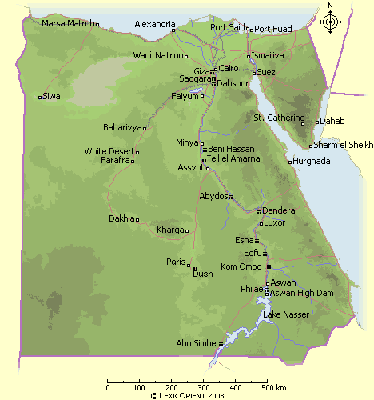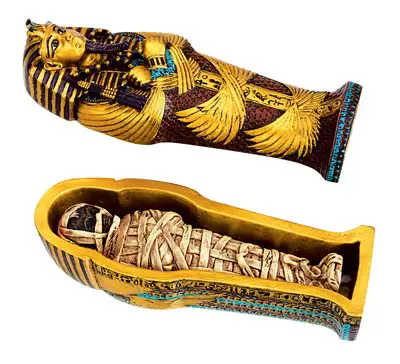

Inter-diffusion and dissolution-precipitation are identified as regionally and temporally contrasting alteration processes. A distinct feature in the composition of white and turquoise glazes from Qalaichi, Ziwiye and Achaemenid Susa is the employment of sodium-antimonate as white colourant and opacifier. Pristine glaze domains at all sites show plant ash soda-lime glass compositions and indicate the use of regionally specific halophyte species for soda production.


The microstructural make-up and alteration phenomena of glazes are characterized by petrographic microscopy, back-scattered electron (BSE) imaging and electron probe microanalysis (WDS-EPMA) on high-quality polished thin sections. To bridge the information gap, and to enable to reconstruct operation production chains in a diachronic fashion, thirty-six glazed artefacts from Qalaichi, Rabat, Hasanlu, Ziwiye, Chogha Zanbil, Susa and Persepolis are studied. With the exception of Hasanlu IVB, for most sites, comprehensive chemical and mineralogical data are lacking, owing to the generally profound alteration of the vitreous material. Glazed decoration in Iran from the Middle Elamite to the Achaemenid periods includes world art milestones.


 0 kommentar(er)
0 kommentar(er)
